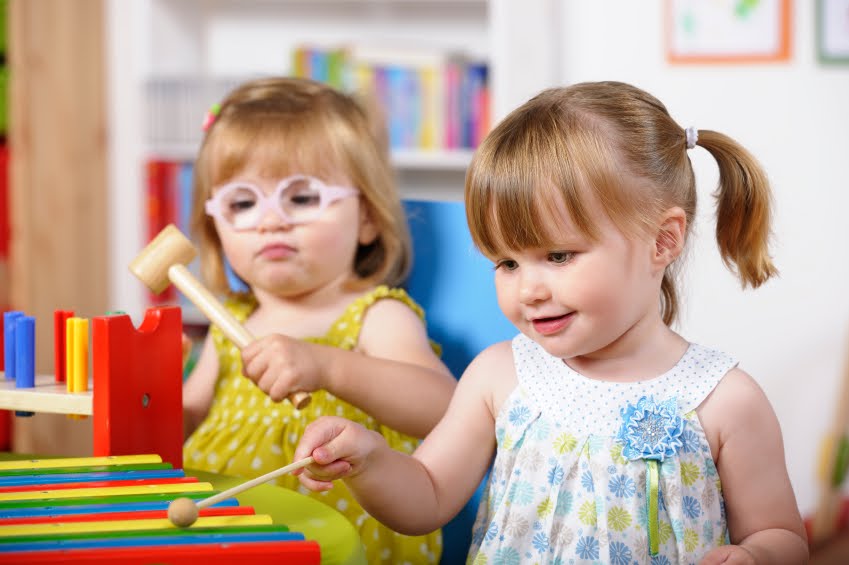

Toddlers may not be playing with their nearby friends, but they are watching and listening to what is happening the entire time and may start to show their feelings and desires based on what they are doing and what their neighbor is doing. Parallel play provides unique opportunities for self-expression through accomplishments, frustrations, fear, silliness, and creativity. Parallel activity emerges next, with children playing side by side with similar toys next to each other, but not with each other. During solitary independent play, children play alone with objects without interacting with others even when they are near. They may hear new words from other children or adults in the area when talking about colors, shapes, toys, playground equipment, etc., and add them to their still-forming vocabulary.Īs children play next to each other, individual personalities start to show up. Mildred Parten’s stage theory describes the ways children interact with each other. While sitting next to a friend or another child, toddlers will listen to the sounds around them. Boundaries are also observed in parallel play when other toddlers may act positively or negatively, and rewards or consequences follow. Whether it be sharing toys, the different ways to play with certain things, or how much fun other children seem to have in various play centers, they have had a glimpse and now want to try.

When a toddler has graduated from the onlooker stage to the parallel stage, they will have an idea of the behaviors expected during social interactions. This is when your child observes the play of other children. play kitchens, train sets, and other imaginative toys.
#Parallel play how to
Parallel play presents a time to introduce what sharing means and teach children how to take turns when items are in limited quantities. a cardboard box, the granddaddy of open-ended, limitless toys. When they see something they want, they will try to take it. Most children are unfamiliar with the concept of sharing. What are the Benefits of Parallel Play? Parallel Play Examples

Associative play happens between three to five years old when toddlers will play together with the same toys but have individual goals that require doing different things than their peers.įinally, cooperative play allows children to work and play together for the same purpose and usually starts after age four. The onlooker stage starts with observing other children and seeing what they are doing without joining.Īround two to three years of age, parallel play will occur as children naturally play near each other but do not play together.

Independent play comes next as children learn to play alone while supervised. Unoccupied play begins during the first year as babies kick their legs and swing their arms in excitement, followed by bouncing and crawling. There are six stages of play during a child’s early years: Unoccupied, solo play, onlooker, parallel play, associative play, and cooperative play.Įach stage is essential to child development and will start to occur around certain ages when given the opportunity. Parallel Play and Autismat my Age FebruEileen Parker Social Skills 4. Parallel play occurs between the ages of 2-3 years and is an. Illinois: Charles C Thomas.What are the 6 types of play in child development? Parallel play is illustrated by children playing side by side but not playing with each other. Play and education: The basic tool for early childhood learning. A longitudinal study of social participation in preschool children Solitary and parallel-aware play reexamined. Social behavior in a play group: Consistency and complexity. Sequential transition patterns of preschoolers’ social interactions during child initiated play: Is parallel-aware play a bidirectional bridge to other play states? Early Childhood Research Quarterly, 18, 3–21. Parallel play is a form of play in which children play adjacent to each other, but do not try to influence one anothers behavior. Children’s naturalistic entry behavior and sociometric status: A developmental perspective. Journal of Abnormal and Social Psychology, 27, 243–269. Social participation among preschool children. Early Childhood Research Quarterly, 8, 235–251. The ecology of dramatic play centers and children’s social and cognitive play. Howe, N., Moller, L., Chambers, B., & Petrakos, H. Sequences in the development of competent play with peers: Social and pretend play. Social competence and children’s sociometric status: The role of peer group entry strategies. Strategic use of parallel-aware play: A sequential analysis. Doctoral Dissertation, Brigham Young University (UMI: No. Sequential bridging in the natural play of preschool children: Examining the role of parallel play.


 0 kommentar(er)
0 kommentar(er)
